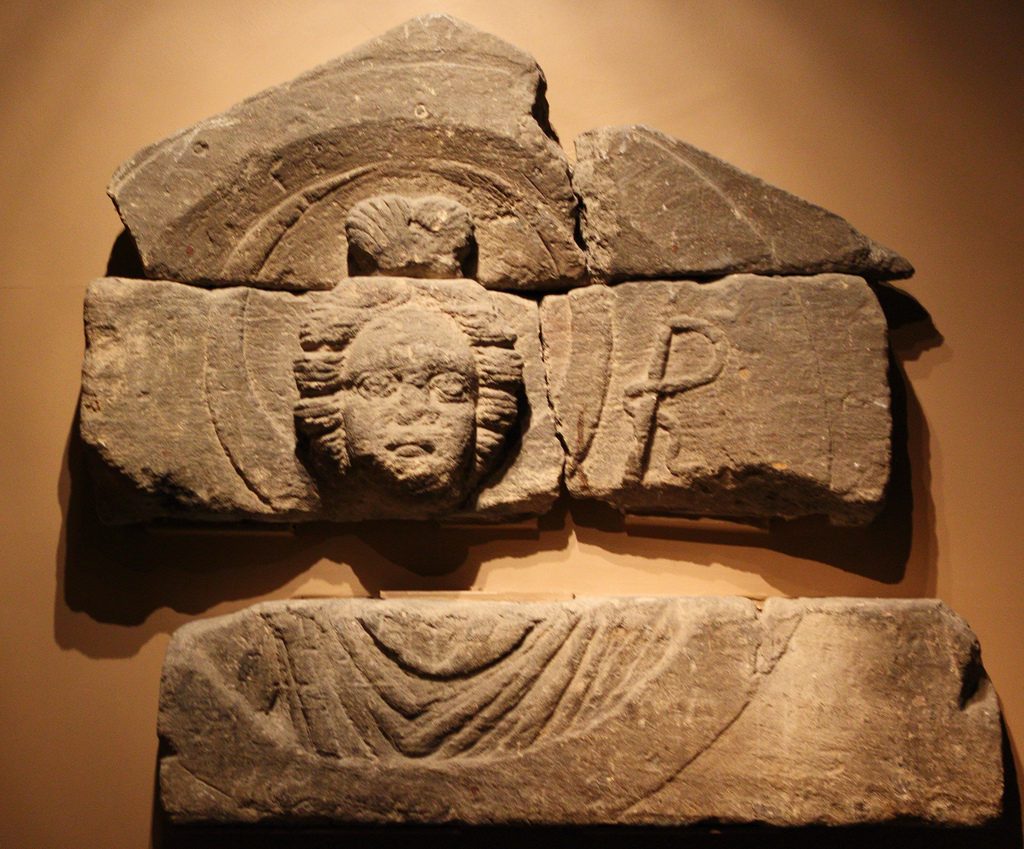Gender and the English Language Posted by Gary Locke on Nov 10, 2016 in English Grammar, English Language

In many languages, nouns have a specific gender. They can be masculine, feminine, or even gender-neutral. Definite and indefinite articles, as well as adjectives, generally agree with the gender. Germanic and most Nordic languages have three forms of gender. Latinate languages have only two genders for everything. In French, for example, a garden is masculine (le jardin), but a farm (la ferme) is feminine. Understanding which determiner is used with each noun can sometimes be very hard. In English, this doesn’t matter – but that wasn’t always the case!
The earliest form of English was Old English, brought to Britain by northern invaders starting in the 5th century. It was an inflected language, meaning that its nouns, articles, adjectives, and pronouns must be declined in order to serve a grammatical function. A set of declined forms of the same word pattern is called a declension.
In fact, Old English worked very much like its root cousin, German, with three grammatical genders. Adjectives and all determiners agreed with the noun they modified. Words like the, that, and those served as gender determiners (se in Old English), as did this, these, and yon (þes). Unfortunately, the noun’s grammatical gender did not necessarily correlate with the noun’s natural gender, even for nouns referring to people. There were no rules to guide you, and learning a noun’s proper grammatical gender depended entirely upon memorization.
So, what happened to grammatical gender as English evolved?
The beginnings of the end for gender in English date to the Norman Conquest in September of 1066, when the Norman, French, and Breton soldiers under William the Conqueror invaded England. Within months, William was crowned King of England, and French noblemen were granted land in Britain. The influence of the French language began to permeate the English language within a generation of French rule, bringing about the period we know as Middle English. Within 125 years Henry II, England’s first Plantagenet king, had married Eleanor of Aquitaine and solidified the influence of the French in England’s language and culture. English words slowly adopted the gender of their French variants, and the concept of neutral gender began to fade.
Curiously, the collapse of grammatical gender took a north to south route, beginning in Northumbria in the late 10th century and working its way to the Midlands by the beginning of the 13th century, and finally encompassing the entire country by the middle of the 14th century.
During this process we see written examples of the word the becoming a definite article and that became a demonstrative. The old rules (such as they were) were out, and gender determiners no longer mattered. While there were many patterns of speech and language which evolved in English over time, the loss of grammatical gender may be the most obvious example of the crumbling of the Old English inflectional system. In Modern English, the accusative and dative cases morphed into a single objective case which only applied to pronouns. Nouns are only inflected for the plural and genitive. And adjectives aren’t declined at all.
Third person personal pronouns, he/she/it and all their related forms, are still appropriated depending on gender. Animals are referred by a specific gender when the animal’s sex is known, or the more gender neutral it when the sex is not known.
Changes continue to this day, and probably will well into the future. There is a movement towards gender-neutral language, in which nouns, and especially pronouns, indicate or imply bias toward a particular sex or social gender. You especially see this in the use of nouns that are not gender-specific regarding professions. While we still use some nouns which vary depending on gender, such as actor/actress for example, others such as poet/poetess have fallen out of favor. It is reasonable to assume that, as the significance of gender identity and sexual orientation continues to blur and fade, rules of gender in language will follow suit.
Photo by Justin Ennis from Flickr

Build vocabulary, practice pronunciation, and more with Transparent Language Online. Available anytime, anywhere, on any device.




Comments:
Su Hlaing:
Thanks for article
Eduardo:
Very interestnig, indeed.